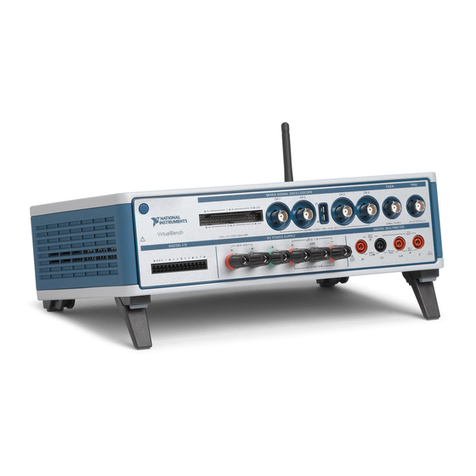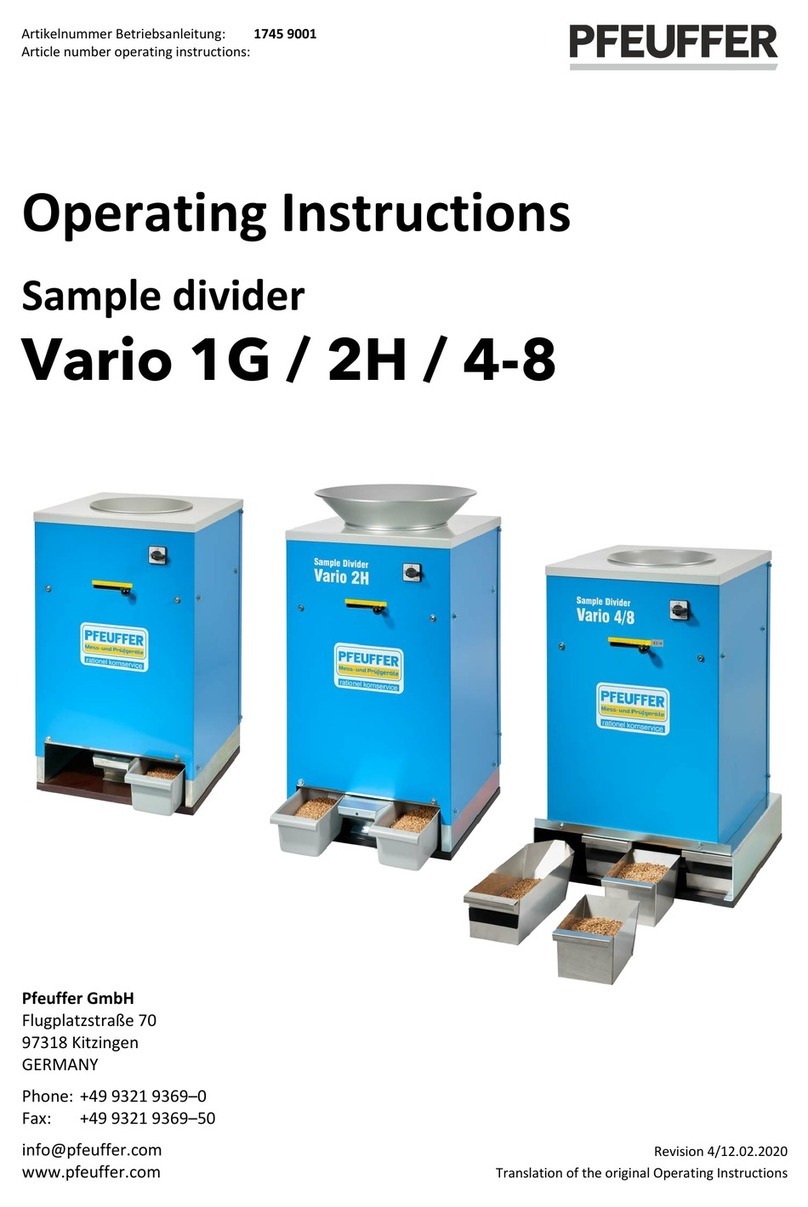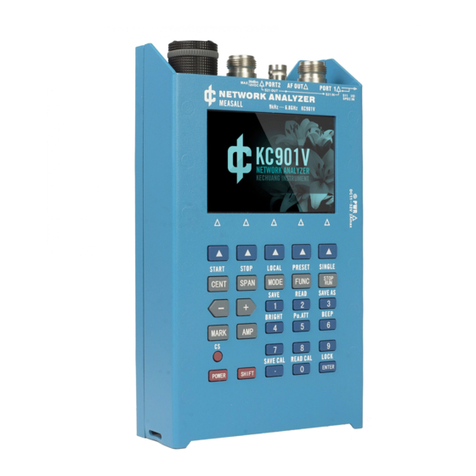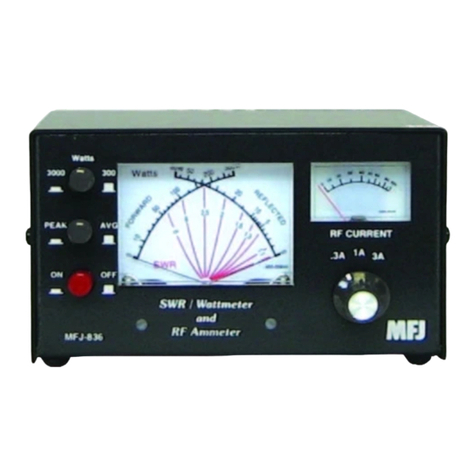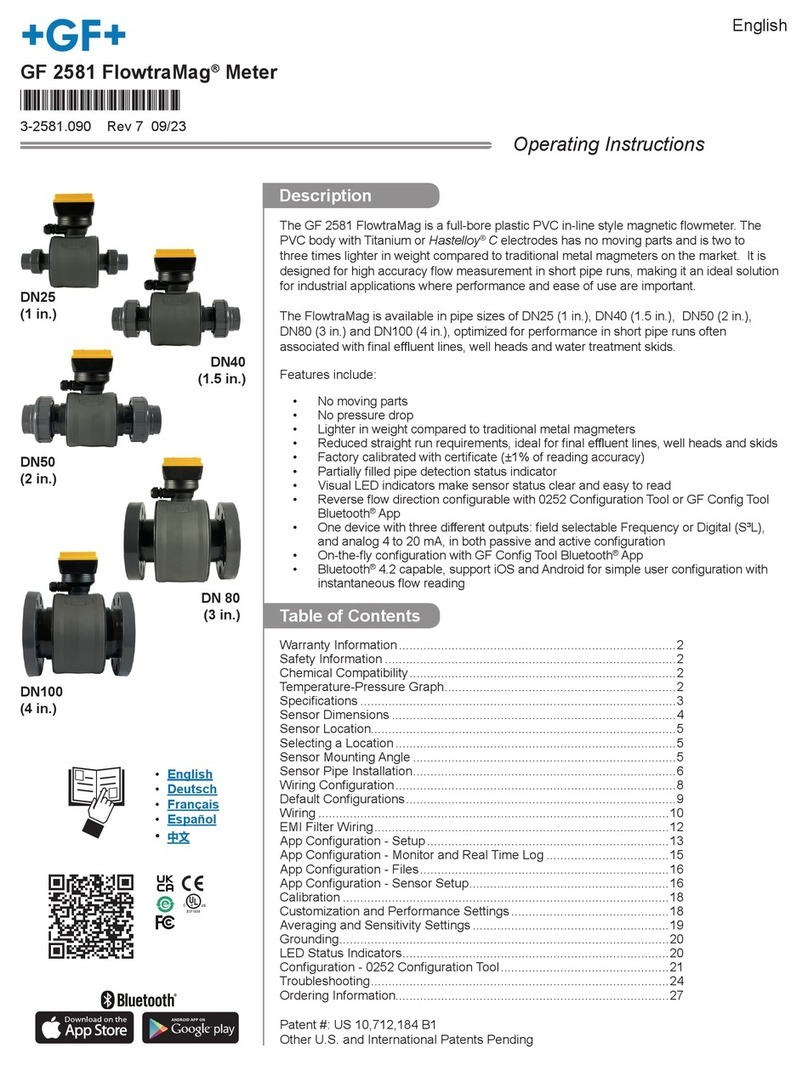Nolatron TB-2 Series User manual

TB-2 Series
TB-2E TB-2M TB-2W
Two-Hand Start Bar
Anti-Tiedown Switch Monitor
Owner's Manual
The Start Bar is an ergonomic starting system. The internal anti-tiedown control
monitors both start sensors for concurrent operation. The output utilizes
redundant positive guided relays which are monitored to ensure proper
operation.
This product meets the OSHA 1910.217(b)(13) definition of "Control
Reliability ".


1
Introduction:
The Nolatron Two-Hand Start Bar has been tested to meet requirements
regarding safety devices. Before installing, refer to ANSI B11.1, B11.19, and
OSHA 1910.217.
ANSI Standard B11.19-1990 gives the following definition: 2.60 Two-Hand Trip.
A device that requires concurrent operation of the trip controls or levers by the
operator’s hands to initiate the machine cycle.
Each Nolatron hand control is protected against unintended operation and
arranged by design, construction, and separation so the concurrent use of both
hands is required to initiate the machine cycle.
The Nolatron Start Bar incorporates an anti-repeat feature and is designed to
require the release of all operator’s hand controls before an interrupted
machine cycle can be resumed.

2
Safety:
The Nolatron Start Bar is not intended for use without adequate “point of
operation” safety guards, which must be provided following OSHA regulations
and ANSI standards to protect the operator. The operator must ensure the bar
is properly installed, inspected and operated. Failure to comply could result in
serious bodily injury and/or property damage.
When properly installed, the Nolatron Start
Bar meets all OSHA requirements for a two-
hand trip device.
Note: The information contained in this manual is for reference purposes only.
The use must determine the compatibility and safety of the Start Bar’s wiring
for each particular machine application.
Do not connect the output from the Start Bar to an input of any other control
device unless it is of a control reliable design. General purpose programmable
controllers (PLCs) are not intended for such an application. Please call Nolatron
at 717-564-3398 for technical assistance on how a PLC can be configured to
operate in conjunction with the Start Bar.
Warning!
This product may cause substantial personal injury or property
damage if it is not installed, maintained and used in accordance
with the manufacturer’s instructions and in accordance with
regulations of the Occupational Safety and Health Administration
Part 1910.217, the procedures prescribed by the American National Standards
Institute B11.1 and B11.19, and all other applicable regulations, procedures,
and codes. The manufacturer shall not be responsible nor liable for any injury
or damage resulting from use of the product in any such applications or the
failure to comply with any such regulation, procedure, or code.

3
Warning!
It is necessary to locate and install the Start Bar in accordance
with OSHA machine guarding distance calculations which can be
found in 29 CFR 1910.217. Users must also install point of
operation guarding devices, compliant with OSHA regulations,
ANSI standards, and any other machine safety standard that applies to the
specific industry such as light curtains, pressure mats, etc. to fully protect
personnel from accessing the machine during cycle operations.
Installation:
The Start Bar can be mounted to the back or to the bottom using the mounting
holes in the housing. Do not add additional mounting holes by drilling into the
center chamber that contains the anti-tie-down control. Metal shavings, caused
by drilling, may cause an internal electrical short circuit. This chamber is sealed
to keep out contaminants such as oil, drilling additional holes may allow these
contaminants to enter the chamber and damage the anti-tie-down control
circuit.
Mounting to the back:
When mounting to the back use a bolt or
screw with a diameter of 1/4". The mounting
flange is 1/2" thick. The holes are 19 1/2" apart
measured from center to center. The use of a
lock washer or locknut is recommended. Be
sure that the wiring hole on the back of the
Start Bar is not blocked.
Mounting to the bottom:
When mounting to the bottom use a bolt with a
diameter of 1/4" and 20 TPI (1/4-20). The
mounting flange is tapped to a depth of 1/2".
The holes are 17" apart measured from center to
center. The use of a lock washer and thread-
locking fluid is recommended.

4
Operation:
The Start Bar will perform a system test before every machine cycle. The test
cycle will require approximately one second to complete. Then the Ready
indicator will light and a machine cycle can be started.
In order to begin a machine cycle, both hand switches must be touched
concurrently within a half a second. The load will remain energized* until one
or both hand switches are released or the optional Reset switch is opened.
If the optional Hold switch is used, it will allow the load to remain energized
even after the hand switches are released. The Hold switch should stay closed
for the rest of the machine cycle. To end the machine cycle, the Reset switch is
opened momentarily.
Both hand switches must be released and the Reset switch must be closed
before another machine cycle can be started.
* An optional load timer can be used to limit how long the load will receive
power. The TB-2 is reset after the time cycle is completed. See parts list.
Wiring the Start Bar:
After mounting the Start Bar, remove the eight screws from the front panel. Lift
off the front panel to access the wiring terminal strip. All wiring must enter and
exit through the 3/4" hole in the back of the Start Bar. This hole will
accommodate a 3/8" liquid-tight conduit connector. The seven terminals on
the right side of the terminal strip are used for the hand switches. DO NOT
MAKE ANY CONNECTIONS TO THESE TERMINALS!
Wiring to the supply:
Connect a green ground wire
to the terminal identified as
"GROUND". This wire must be
connected to the main ground
terminal of the machine and
must not be fused. Connect a
black (hot) wire to the
terminal identified as "115 VAC". It is a good practice to fuse
this wire (8A max.). Connect a white (neutral) wire to the terminal identified as
"COMMON".

5
Wiring to matched voltage load:
Install a jumper wire
between the terminal
marked "115 VAC" and
the output contact which
is the next terminal to
the left. Connect a black
load wire to the other
output contact terminal.
Connect a white load
wire to the terminal marked "COMMON".
Inductive loads will require an additional load suppressor (such as Nolatron
part no. 30165) that will greatly increase the life of the relay load contacts. The
suppressor should be installed in parallel with the load.
Warning!
Never install a suppression device across output contacts. If a
suppressor should fail, the load may unexpectedly become
energized.
Wiring the output to other types of loads:
The output can be used to switch other voltages or can be treated as a "dry
contact". To configure the output this way, do not install the jumper wire from
the terminal marked "115 VAC" and the output contact as indicated above.
Warning! Do not connect the output of the Start Bar to the input of any
other control device. General purpose programmable controllers
and electronic controls are not intended for safety related
applications. Please call Nolatron for technical assistance on how
other control devices can be configured to operate in conjunction
with the Start Bar.
No other circuitry capable of supplying power to the load should be wired into
the load circuit. If an additional power relay is required, it must be of a self-
monitoring, control reliable design. Normally, this requires a pair of positive
guided relays. The normally closed contacts of the relays must be monitored by
the ATD control. Please call Nolatron for technical assistance on how these
relays are configured to operate in conjunction with the Start Bar.

6
Wiring the Hold switch:
An optional Hold switch can be
used to allow the load to remain
energized after the hand switches
are released. This feature is
useful for applications that have
long machine cycles.
The Hold switch is normally open
and must not be closed until the operator can no longer reach into the point of
operation. Once the Hold switch is closed, it should remain closed for the rest
of the machine cycle. The Hold switch circuit does not become functional until
the machine cycle has begun.
The Hold switch is connected to terminals marked "HOLD". The terminal to the
right is also used by the Reset circuit. Do not remove the reset jumper wire
unless you are installing the optional Reset switch as described below.
Warning!
The Hold switch must be mounted on the machine so that it
cannot close until the point of operation is no longer
hazardous.
Wiring the Reset switch:
An optional switch can be used to reset the Start Bar when a machine cycle is
completed.
Remove the jumper wire from
the terminals marked "RESET"
prior to installing the wires
connected to the reset switch.
The left terminal also shared
with the optional Hold switch (if
installed).
The Reset switch is normally closed and will reset the control when it is
opened. This switch must be closed before a machine cycle can be started.

7
Safety Testing Procedure:
After the Start Bar is installed, an initial safety test must be performed by a
qualified person who is appointed by the employer. This testing procedure is
used to ensure that the Start Bar has been wired and is functioning properly.
The testing procedure should be carried out periodically and the machine must
not be used if the Start Bar ever fails the test. A copy of the test results should
be placed on or near the machine.
1. Prepare the machine for normal operation. Be sure that all maintenance and
setup work was completed and that all point of operation guards are in place
before proceeding with this test.
2. Turn on the power to the Start Bar.
3. Verify that the Ready light is on and that the Output light is off.
4. Activate the left start switch. Verify that the Ready light is off.
5. Wait for at least a second, then activate the right start switch.
6. Verify that the Ready and Output lights are off.
7. Release both start switches and verify that the Ready light is on.
8. Activate the right start switch. Verify that the Ready light is off.
9. Wait for at least a second, then activate the left start switch.
10. Verify that the Ready and Output lights are off.
11. Release both start switches and wait for a second.
12. Activate both start switches simultaneously.
13. Verify that the Ready light is off and that the Output light is on.
14. Release both start switches.
Note: The Start Bar uses neon indicator light bulbs. By nature, this type of light
bulb may have a slight glow when off and may flicker when on. These
characteristics are not an indication of the reliability of the Start Bar.

8
Specifications:
Physical Size 50cm (20") long, 9cm (3.75") high, 5.5cm
(2.15") deep
Mounting Holes 2 vertical ¼-20 thread / 2 horizontal, 1/4"
diameter
Weight 3 kg (6.5 lbs)
Power Supply 115 VAC, 50/60 Hz, TB-2xx
Power Consumption 1 watt standby, 8 watts output energized
Output 2 positive guided relay contacts in series,
8 Amps @ 120VAC (resistive load)
Life: 50 million cycles (mechanical)
500,000 cycles (electrical @ 120VAC / 8 amps)
Concurrency Timer Factory set at 0.5 sec.
Terminal Strip Accepts 14-22 gauge stranded wire
Environmental 0 –50° C (32 - 120° F) ambient temp.
Origin Made in USA
Start Switches
Model TB-2E Electronic infrared photo sensors
approximately 80 millisecond response time
Model TB-2M Mechanical switches with polyurethane
cover. 8oz. actuation force
Warranty:
Nolatron, LLC. warrants the Start Bar against defects in material and workmanship
under normal and proper use for a period of one year from the date of shipment.
Nolatron's obligation under this warranty is limited to furnishing, without charge and at
our discretion, either replacement or repair of any defective part. This warranty does
not apply when the Start Bar has been: (1) damaged due to excessive vibration (2)
sustained contact damage due to load transients (3) subjected to abuse or has
otherwise been tampered with. The foregoing warranty is exclusive and in lieu of all
other warranties of quality whether written, oral or implied. Nolatron is not liable for
any damage or injury which may result from the use of its products.

9
Parts List for TB-2
4487 anti-tiedown control
HS-115 optical hand sensor (model TB-2E)
055025 cast aluminum housing
055026 front access plate with gasket
055028 3/8" 6-32 black Phillips head screws (8pcs)
055031 5/8" 6-32 socket head screws (3pcs)
055040 mechanical hand switch assembly (model TB-2M)
Optional parts not shown
30165 load transient suppressor.
30502 adjustable 0.5 to 5.0 second load timer
055040
055040

5198 Richmond Rd, Bedford Heights, OH 44146
Phone (717)564-33 Fax (216)274-9262
www.nolatron.com sales@nolatron.com
© 2018 Nolatron, LLC
P/N: APPTB-2
Rev Date: 15-Feb-18
This manual suits for next models
3
Table of contents
Popular Measuring Instrument manuals by other brands

Hanna Instruments
Hanna Instruments HI96786C instruction manual

Instantel
Instantel 716A0401 Operator's manual
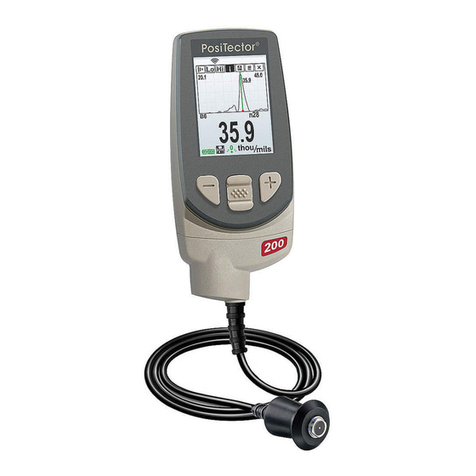
DeFelsko
DeFelsko PosiTector 200 instruction manual
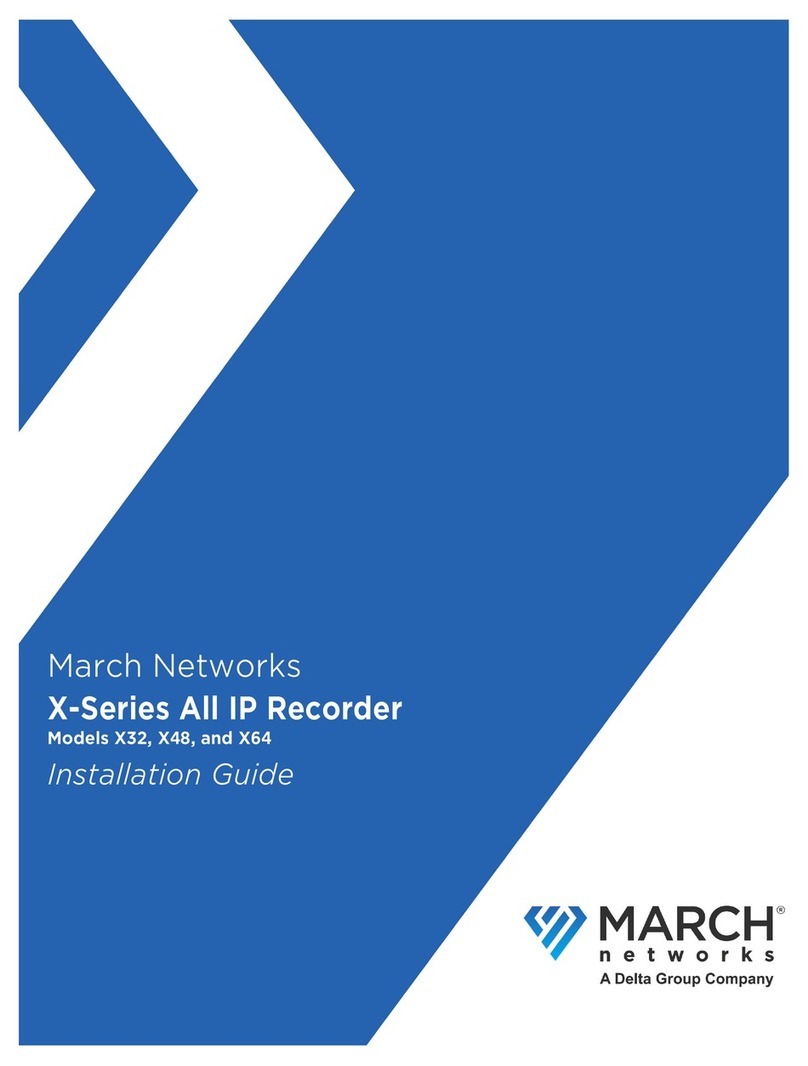
March Networks
March Networks X Series installation guide
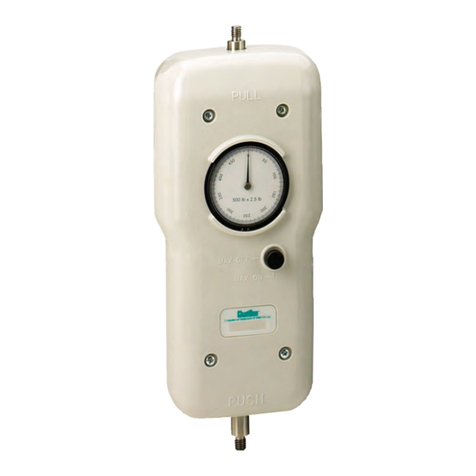
Chatillon
Chatillon DG-200 user manual
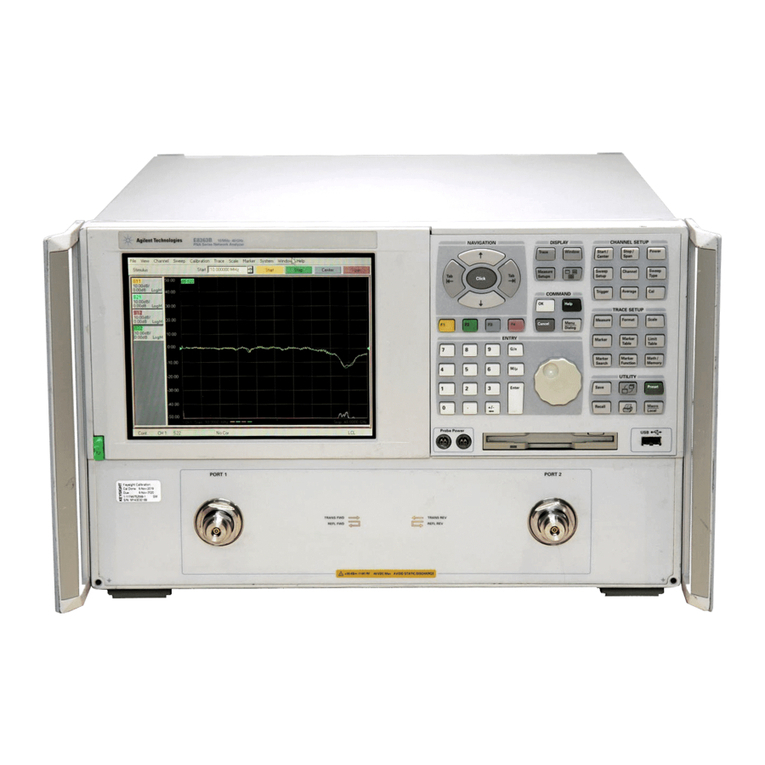
Agilent Technologies
Agilent Technologies E8362B Service guide

Hach
Hach CA610 user manual

Tegam
Tegam 1806 instruction manual

KROHNE
KROHNE OPTIFLEX 2200 Supplementary instructions

Spectroline
Spectroline WATER-GLO ULTRA SPI-VLWGG instruction manual
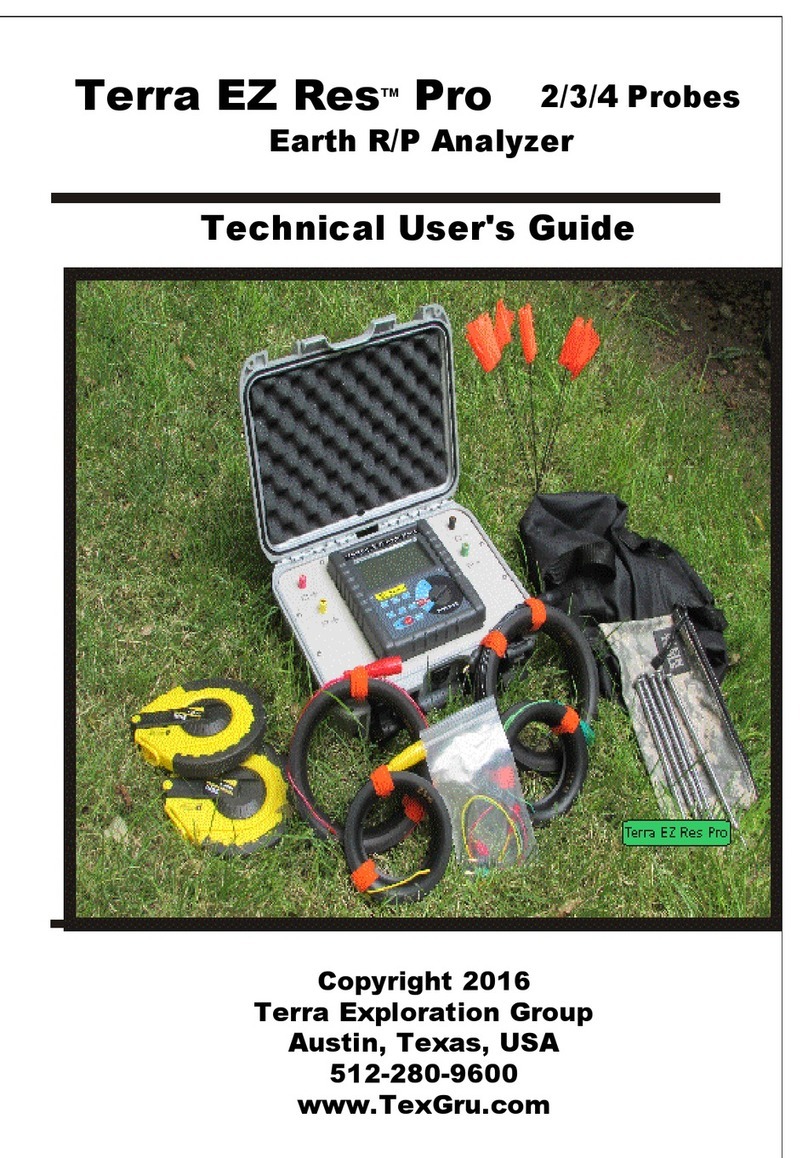
Terra Exploration Group
Terra Exploration Group EZ Res Pro Technical user guide
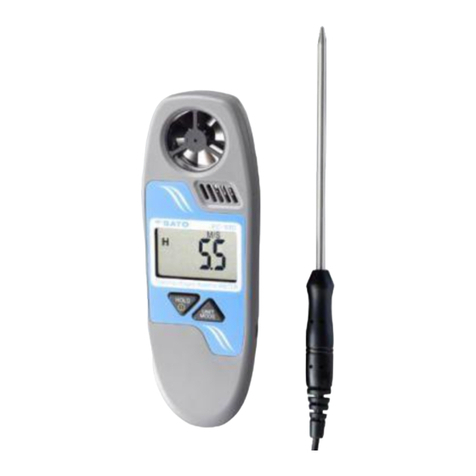
SATO KEIRYOKI
SATO KEIRYOKI PC-53D instruction manual
